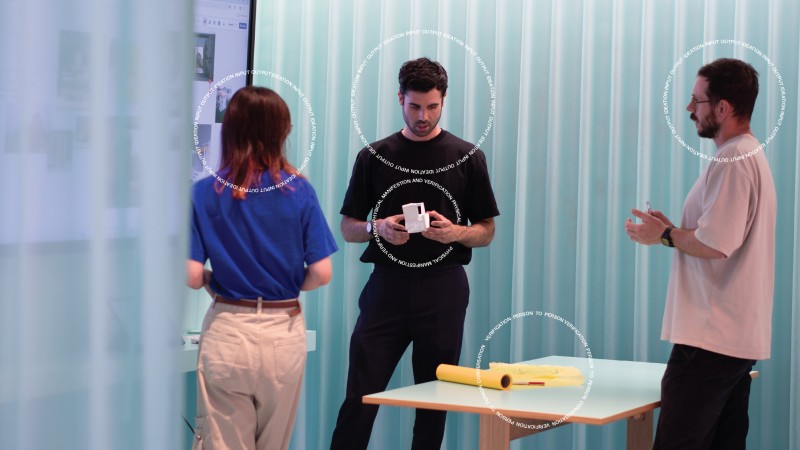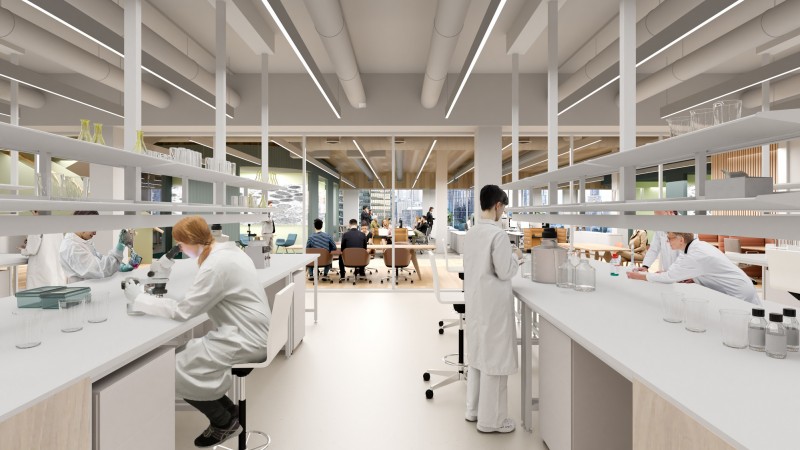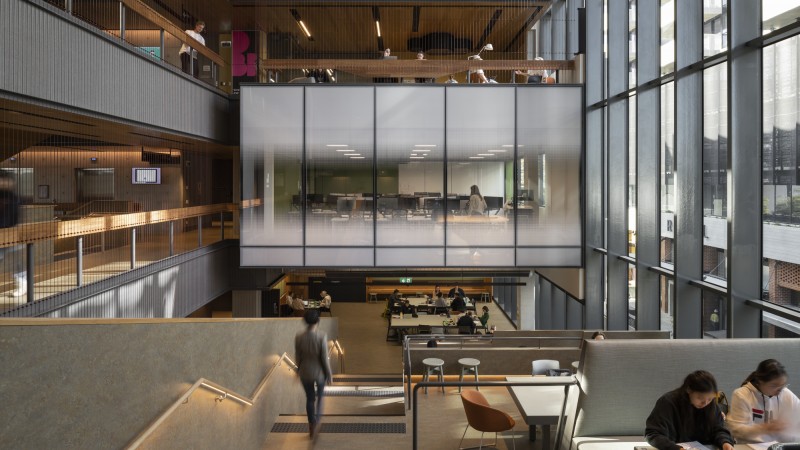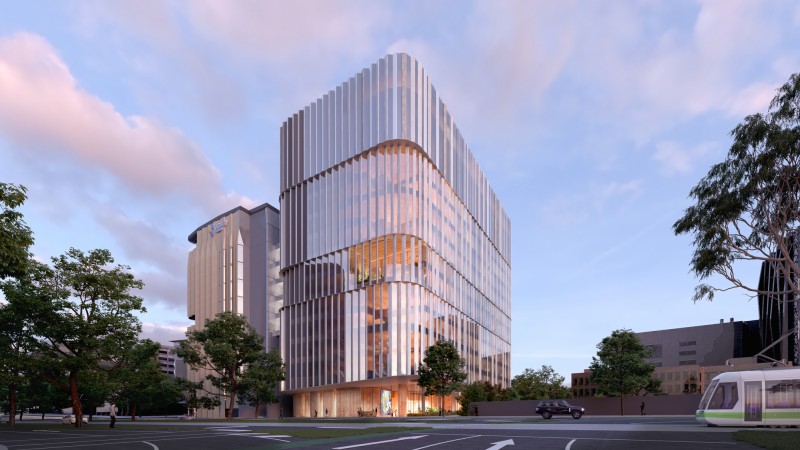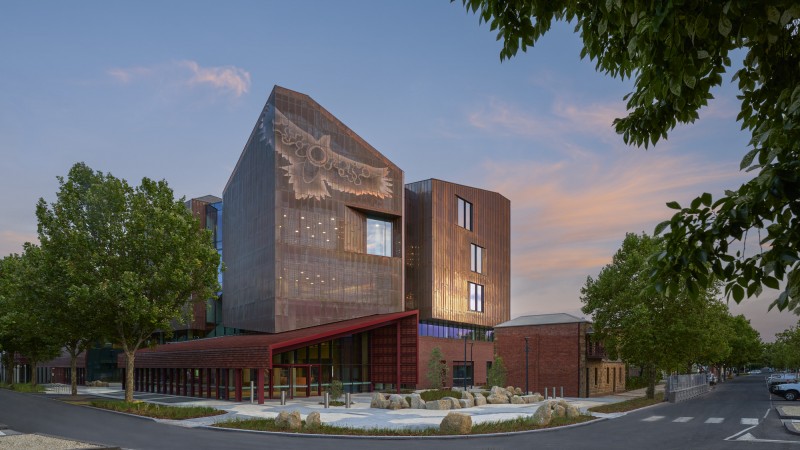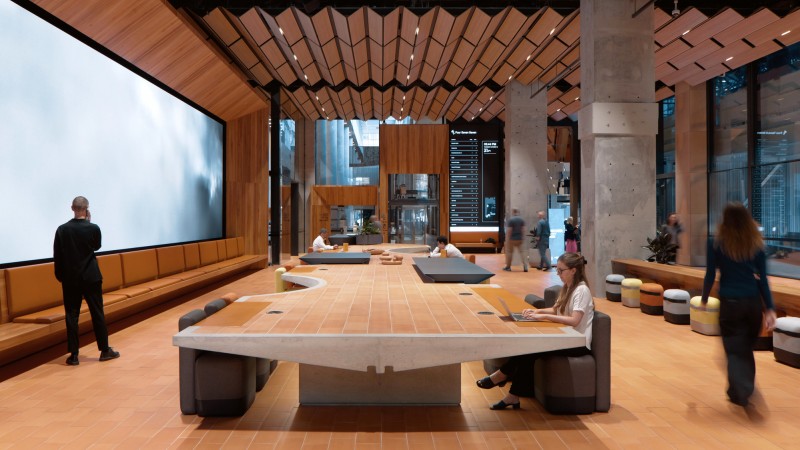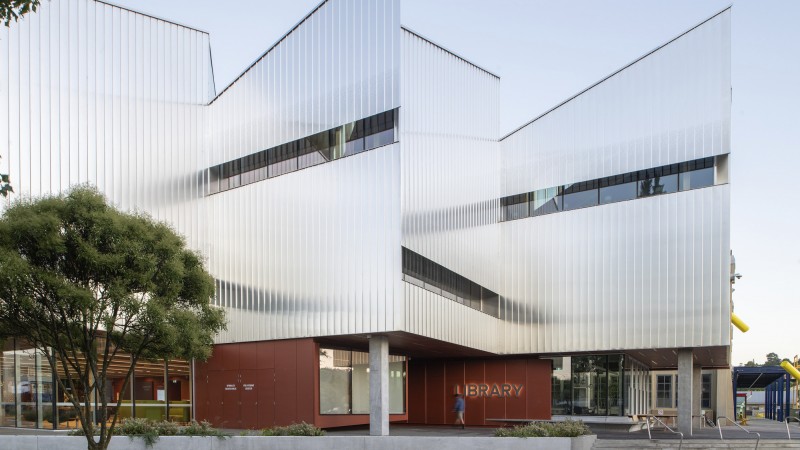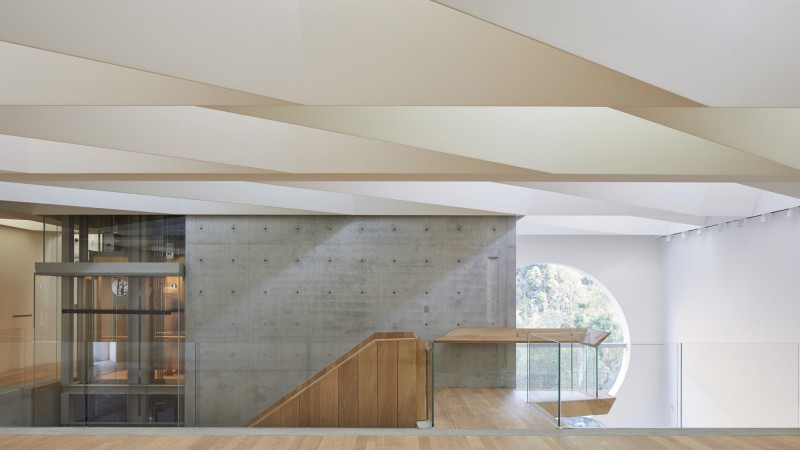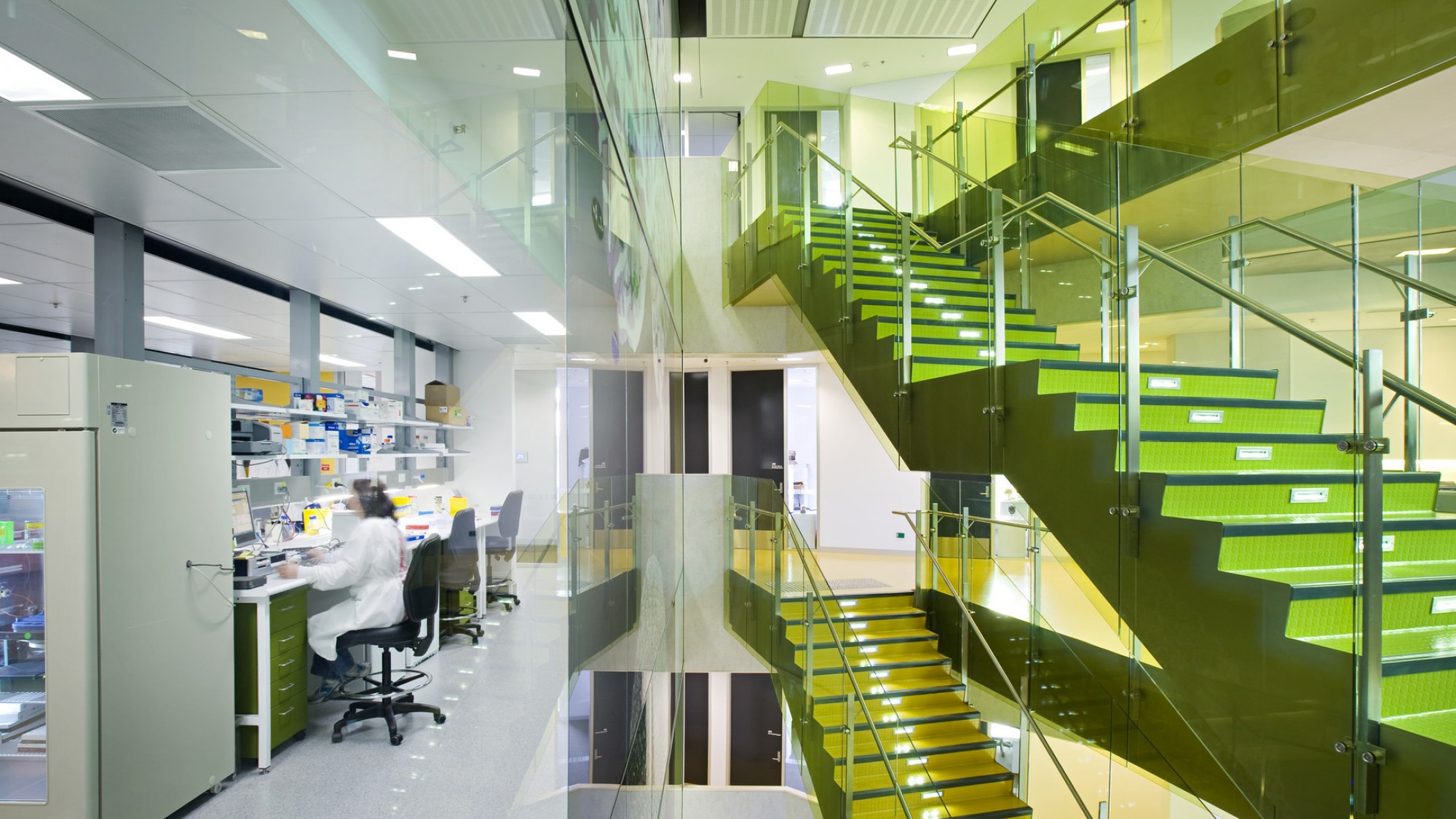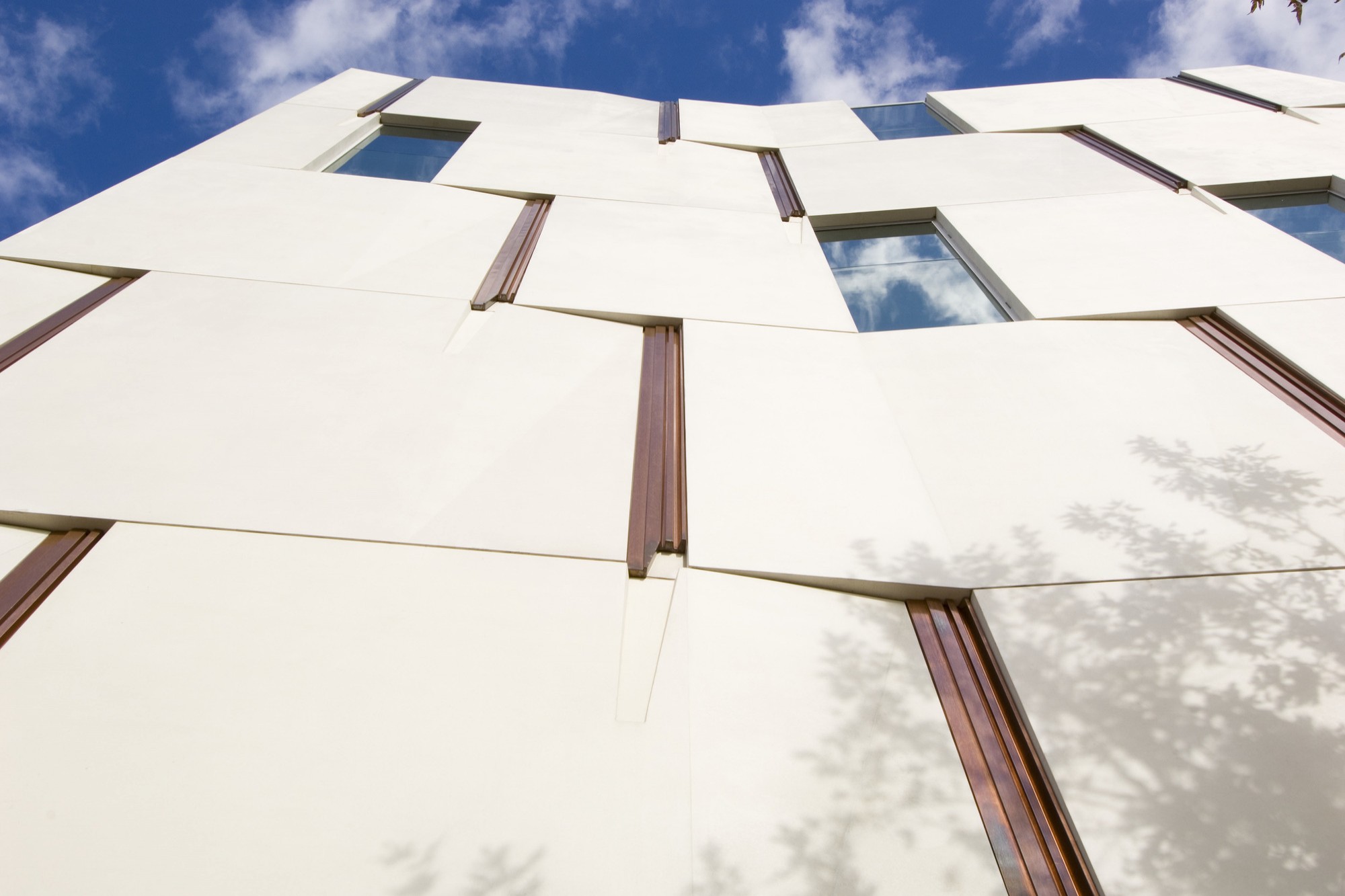‘Inventing practice’ could imply a grand plan from the start, but our use of this phrase is more about learning through experimentation, the sense of optimism, the gradual improvement over time, and not knowing where you might find yourself.
To explore this idea, we invited our staff to participate in an open conversation, framed around a set of themes that we feel reveals something about the way we work together.
In this conversation, we are interested to speculate on how such continuities might be matters of process as well as architectural language.
Embracing uncertainty is a fundamental part of the Wardle design process, but we also accumulate a lot of knowledge empirically over time. The two are closely connected. Each project contributes to a vocabulary of ideas that test the tension between the expected and the unexpected. How does our iterative process allow us to develop and build knowledge over time?
John – One of the wonderful things we do is applied research – it’s immediate, within the time frames of a particular commission. But the knowledge gained is rarely confined to that project – we seek every opportunity to revise and expand on practice knowledge and to cross-fertilize with other projects.
For example, ceilings that inflect into segmented geometries in response to solar orientation span most of the life of the practice.
Stefan – Our applied research can also have implications beyond both the project and the practice. For example, the Queensland Brain Institute opens up the activity of the laboratory researchers to the community, which is not typical. It’s interesting to think about how experimentation adds to collective knowledge about a particular building type, in addition to our own ongoing work.
